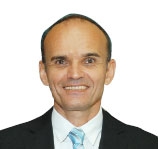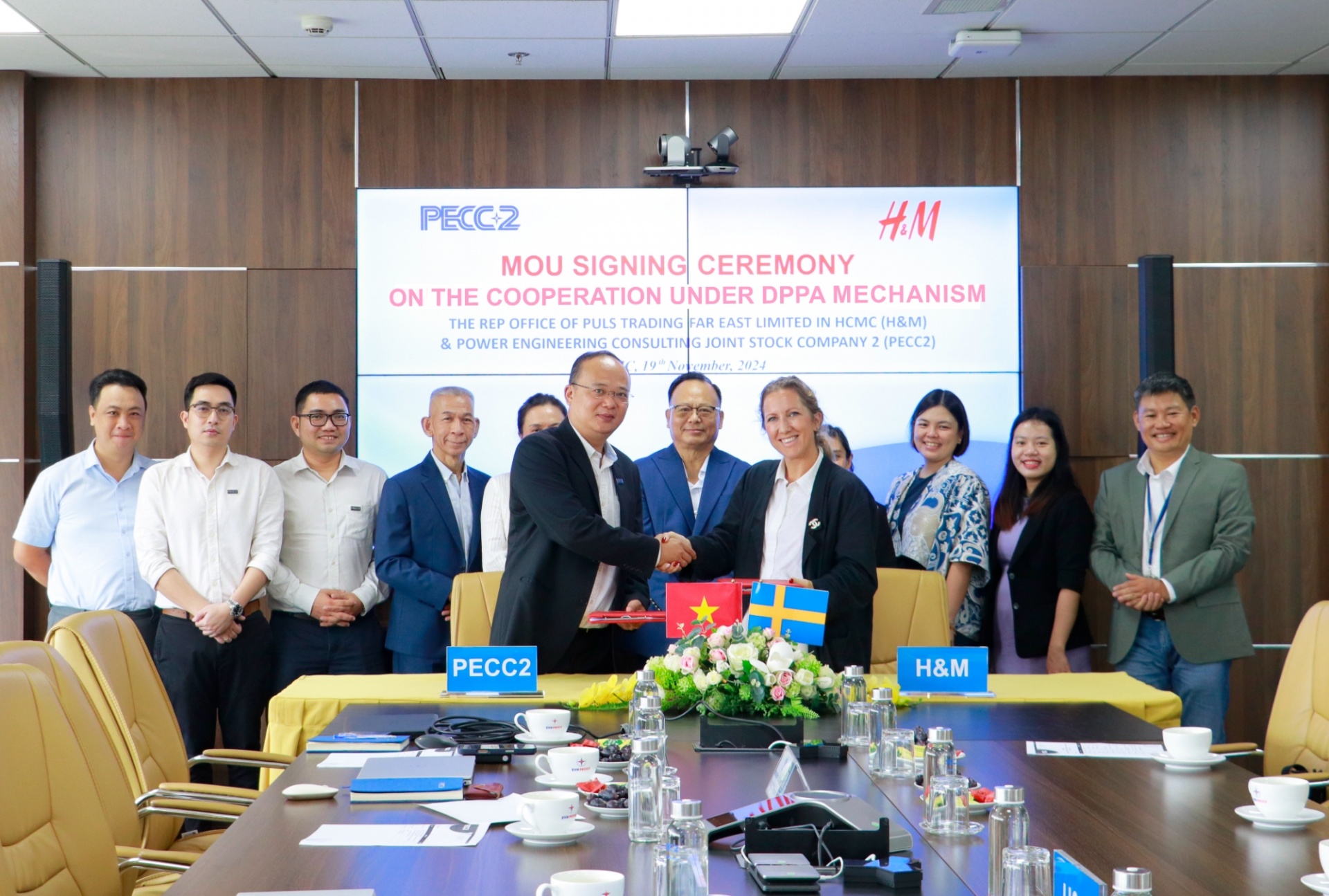Siemens picks Vietnam for new investment wave
 Etienne Szivo, Siemens Healthcare executive vice president for ASEAN, told VIR’s Tuong Thuy that Vietnam was one of emerging countries Siemens had selected for its second wave of investment after the first wave in the BRIC countries (Brazil, Russia, India and China).
Etienne Szivo, Siemens Healthcare executive vice president for ASEAN, told VIR’s Tuong Thuy that Vietnam was one of emerging countries Siemens had selected for its second wave of investment after the first wave in the BRIC countries (Brazil, Russia, India and China).
Why is Vietnam part of the Siemens’ second wave of investment in emerging countries?
The second wave includes Vietnam, Indonesia, Thailand and Mexico to last for 10-15 years.
China was in our first wave that started about 15 years ago and today it is the world’s second biggest economy. We believe in the Vietnamese market and see that it will be very important in the next few years. We believe that for many reasons such as GDP and population, it is time to invest more in Vietnam in different areas like healthcare, energy, industry and transportation.
When did Siemens Healthcare invest in Vietnam and what are its achievements?
The establishment of our representative office in 1993 was one of the most significant and far-reaching steps in our history. Since then, Siemens has participated in numerous infrastructure projects here in energy, industry, healthcare and transportation. In healthcare, we’ve provided a broad spectrum of imaging and lab diagnostics systems and solutions to many hospitals and clinics throughout the country. Today we continue to expand our business to lab diagnostics with a much stronger presence.
We’ve set up our own direct service team and our sales support team, and will continue organise more workshops like today’s healthcare day to support the building of knowledge and healthcare education. We are recruiting people today for the teams.
Will this have an impact on your local partners?
No. Siemens will continue to cooperate with our trusted partners including Mai Dong Company and Delta Company in the south, and Eastern Company and Thanh Cong Company in the north to provide state-of-the-art diagnostics products and solutions in the Vietnamese market.
In addition, we’ll try to convince the government to work more closely with us in preventive medicine as preventive medicine helps save lots of money and energy in medical treatment and helps save human lives. We hope to help more Vietnamese people have a healthier life to be happier. We plan to bring mobile clinics to provinces outside Hanoi and Ho Chi Minh City and to remote areas to provide diagnostics to people there, like X-ray and scanning.
Vietnam’s healthcare system is facing a limited budget, out-dated medical systems in remote areas and lack of medical workers. How can Siemens help?
We are working to make our services and solutions available at more competitive prices so more people can get access, even at entry level- and mid-level hospitals. We also work on solutions that make medical technology more accessible for people in remote areas such as mobile ultrasound or X-ray units or in-vitro products that can be taken to patients more easily. In addition, we continue to provide education and training opportunities to keep medical workers updated on advanced technologies and key trends in disease state management.
What is your assessment of Vietnam’s healthcare industry, especially the medical system?
I saw a lot of growth prospects in Vietnam because the population here is about 86 million and the demand for high quality patient care service is on the rise. I also saw many Vietnamese people getting healthcare services in Singapore where I’m based, so I think they demand higher quality.
The Vietnamese government also supports the industry’s development with no import tariffs on medical equipment. Besides, the private sector is booming along with the government incentives for the cooperation between hospitals and the private sector in investment in the medical system.
Does Siemens Healthcare have a specific amount of investment capital in Vietnam as for the second wave?
Healthcare investments here include many different activities including diagnostics business, education and training, or even research and development (R&D) later. We haven’t got a specific number yet.
You say R&D?
Yes, because we also want to develop products for Vietnamese market niches. Let’s make a comparison. China was in the first wave of our investment and Vietnam is now in the second wave. In China now we have a few local manufacturers in Shenzhen, in Shanghai where we’re producing equipment like MRI and X-ray units – local for local and global.
So we can imagine but this is not something we can commit. We can imagine that by investing, Siemens is hoping to do the same, but we don’t have any decisions today yet, because this programme just started now.
What the stars mean:
★ Poor ★ ★ Promising ★★★ Good ★★★★ Very good ★★★★★ Exceptional
Related Contents
Latest News
More News
- Growth beckons for GenAI startups in Vietnam (November 21, 2024 | 17:47)
- SABECO to elevate Vietnam's beverage industry to global standards (November 21, 2024 | 17:36)
- ABeam Consulting Vietnam introduces BSQCD Purchasing Strategy Framework (November 21, 2024 | 16:40)
- Major railway requires debt considerations (November 21, 2024 | 12:07)
- Reviving a new life cycle for plastic waste (November 21, 2024 | 09:16)
- Key balances maintained for industrial production (November 21, 2024 | 08:00)
- Ecolean Vietnam honoured with prestigious sustainability award (November 19, 2024 | 10:01)
- HEINEKEN Vietnam’s clear path towards net-zero (November 18, 2024 | 15:13)
- VLCA 2024 honours corporate governance excellence as listed companies raise the bar (November 18, 2024 | 09:00)
- High-tech personnel to drive competition (November 17, 2024 | 09:21)




 Tag:
Tag:















 Mobile Version
Mobile Version